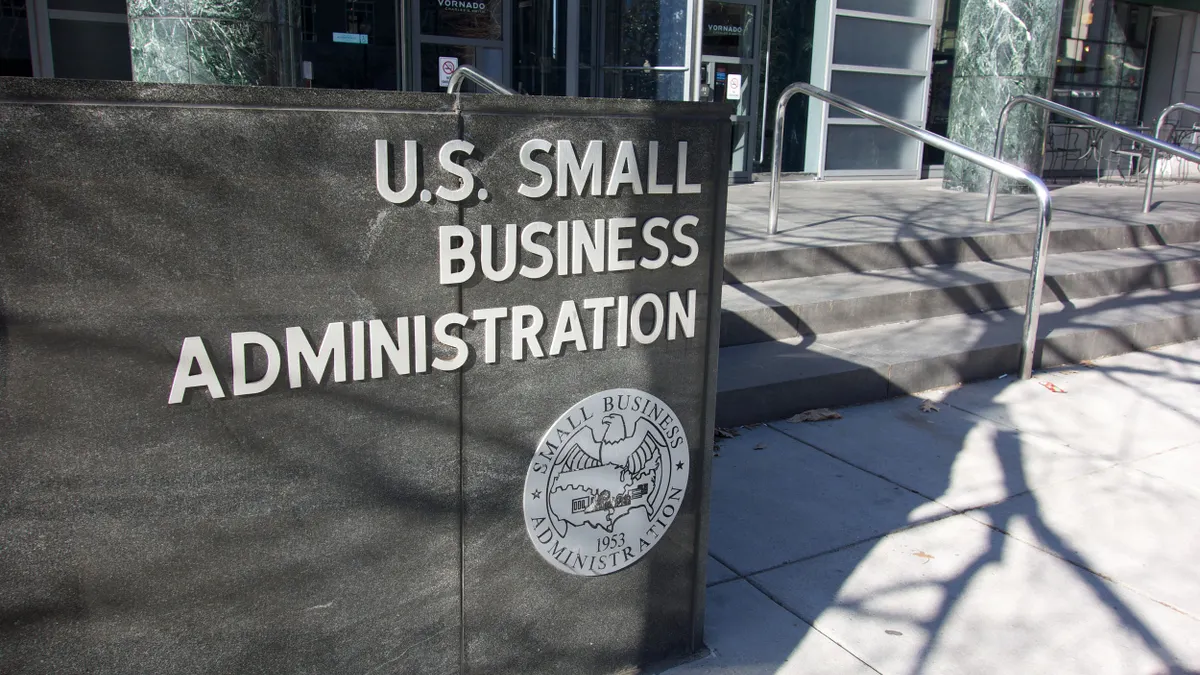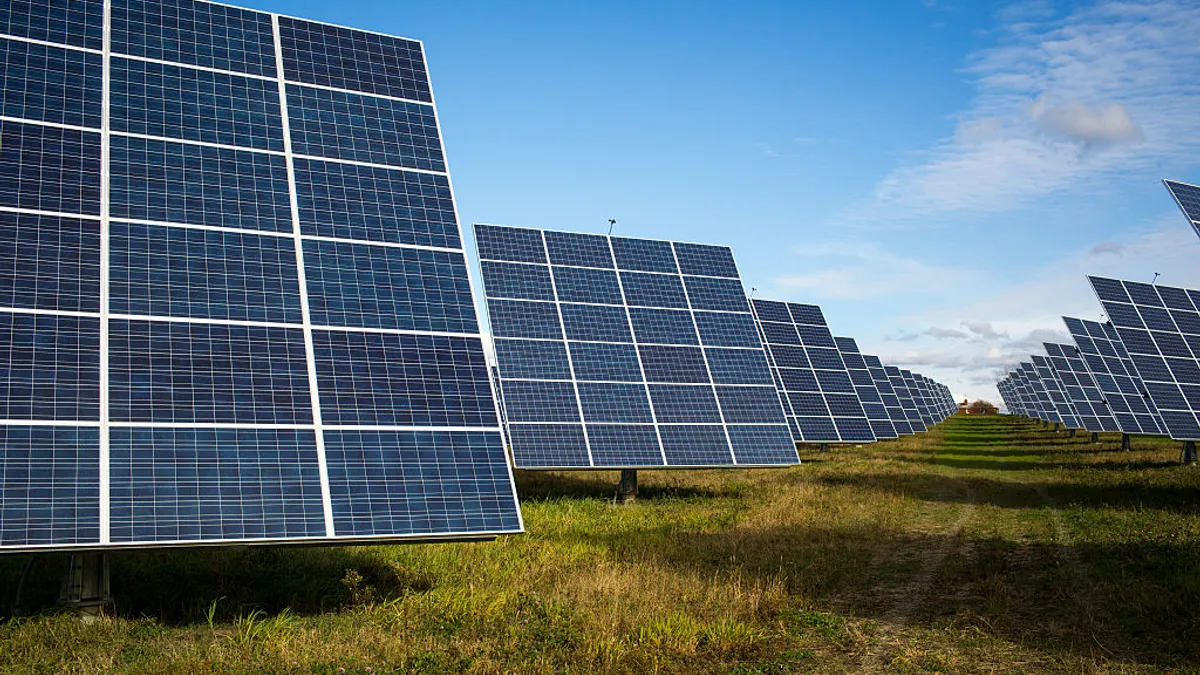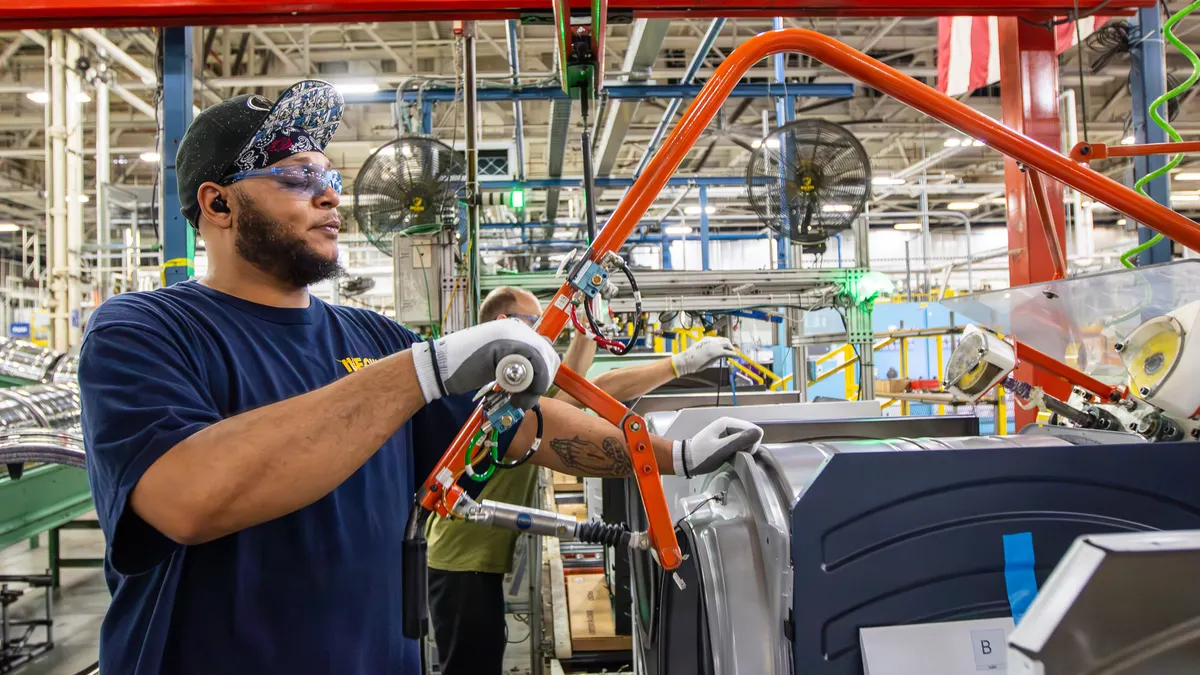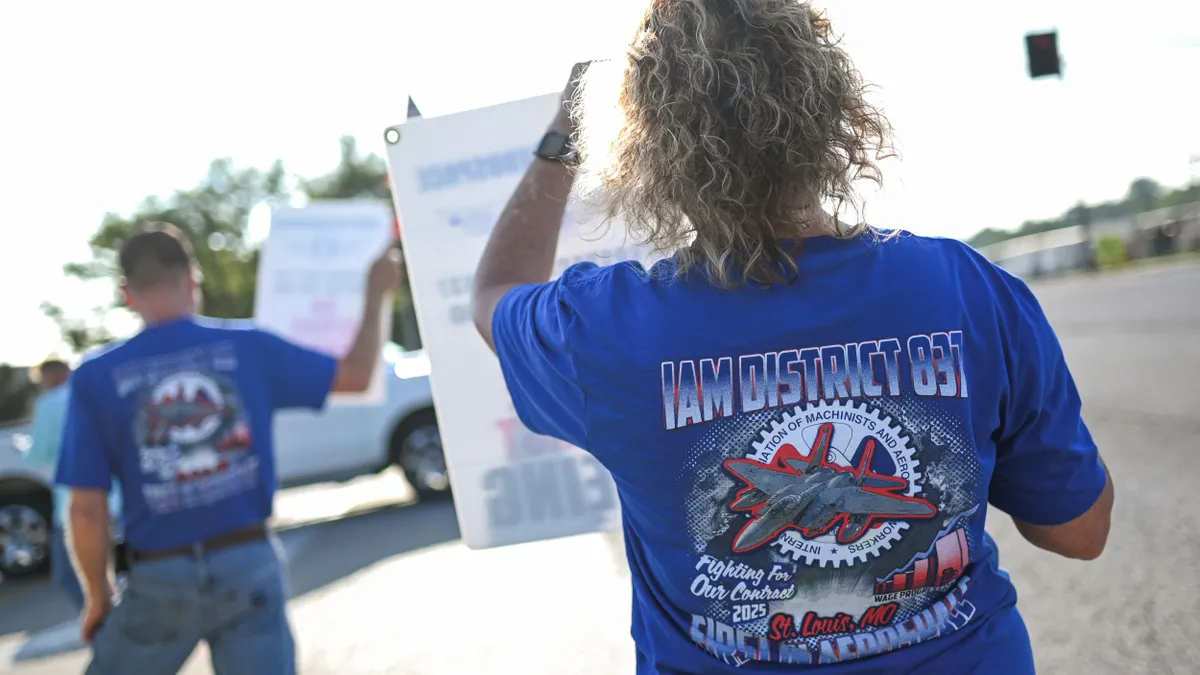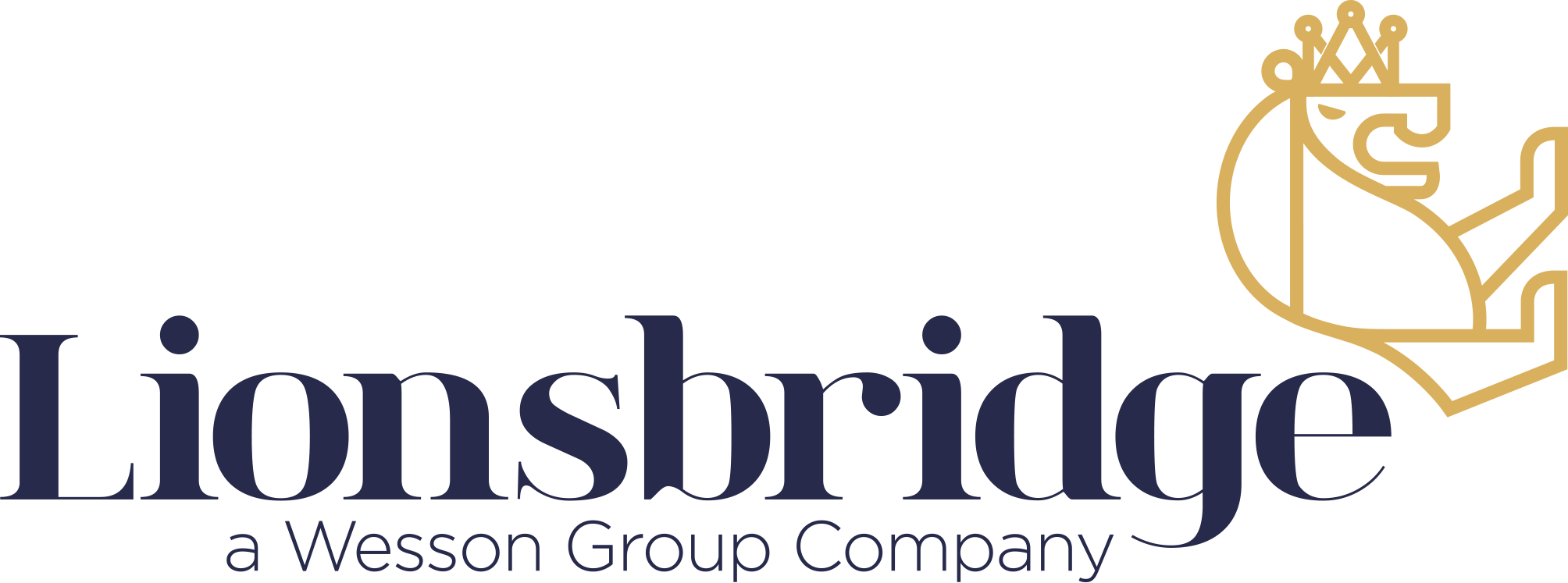With the federal government shutdown over, many people are breathing a sigh of relief after President Donald Trump signed a stopgap spending bill that passed the House last week. However, the impact of the record-long shutdown has still left its mark, notably for businesses seeking federally-backed loans.
For each business day that passed during the shutdown, an estimated 320 businesses nationwide were unable to access $170 million in commercial loans, according to the Small Business Administration. That translated to roughly $5.3 billion in agency-backed loans that were inaccessible to some 10,000 small businesses during the 43-day shutdown, including manufacturers, retailers, health care providers and others seeking capital for investments, payroll and more.
The shutdown also prevented the SBA from processing loans for a new program for small manufacturing businesses as they face tariff uncertainty, supply chain disruptions and increased costs.
Frozen loans over the past month or so have fueled “frustrations” in the business community, said Javier Palomarez, president and CEO of the U.S. Hispanic Business Council. Without funding, he said, “everything gets pushed out” and “tough decisions” are made around staffing, operations and more.
“When a business owner needs a loan for capital improvement, for refinancing, for a piece of equipment, whatever the reason might be…they're depending on that loan, and all of a sudden things are frozen,” Palomarez said.
While the government has reopened, it will take time for things to return to normal. Travelers may continue to experience flight delays and when food stamp recipients receive their benefits will vary by state. The SBA will “resume processing and approvals without delay” for businesses seeking loans, an agency spokesperson said in an email Friday. However, Palomarez said there’s still a huge backlog of applications to sort though.
Business community receives ‘mixed signals’
A key piece of the Trump administration’s agenda has been to claw back regulations and make it easier for small businesses to access commercial loans for expansions, equipment and operational needs. And the agency, for the most part, has delivered.
Prior to the government shutdown, the SBA guaranteed what it described as a record 84,840 loans totaling $45.1 billion through the 7(a) and 504 programs this fiscal year, which closed Sept. 30, according to the agency. Data show that’s up roughly 19% from fiscal year 2024, and a majority of the loans were approved after Trump took office in January.
Even as inflation and rising costs fuel concerns for small businesses, overall sentiment has been positive. According to the U.S. Chamber of Commerce, which publishes a quarterly index that reflects the overall health, confidence and challenges of small businesses, the latest score hit an all-time high of 72 and 40% of participants said they believed the U.S. economy was in good health.
A separate index published by the National Federation of Independent Business on a monthly basis found that sentiment dipped from September to October, but largely remained elevated from historical norms. However, the organization’s monthly uncertainty index fell to its lowest level this year as small business owners reported profit declines and the shutdown “makes life difficult for many.” A lower index reflects more economic uncertainty.
“The sense I get is that they’re getting mixed signals,” Palomarez said about small business owners.
How effective will the new MARC loans be?
As part of the administration’s efforts to cut regulation, increase funding limits and expand accessibility to commercial loans, the SBA created a “first-ever” program that offers working capital specifically for small manufacturing businesses. The Manufacturers’ Access to Revolving Credit program launched Oct. 1, providing borrowers a maximum revolving credit limit of $5 million and a higher guarantee percentage than other lines of credit offered by the agency.
It was developed to supply small manufacturing businesses with flexible working capital as they scale operations, an SBA spokesperson said in an email Friday, adding that the program will be “vital for the rapid expansion and hiring necessary to support President Trump’s agenda.”
Roughly 98% of manufacturers are considered small businesses, according to SBA. Revolving lines of credit are the most “cost-effective and efficient way” to provide working capital to borrowers, the spokesperson said.
Their popularity, however, remains to be seen. Jerry Freedman, founder of Freedom Business Financing, a firm that works with companies to secure SBA loans, said in September that the program “sounds really awesome” on paper, but “in reality, [it’s] not.”
The main issue is that revolving credit cannot be sold on the secondary market. Without that ability, active lenders are “missing out on a key piece of revenue,” Freedman said. Additionally, he said, borrowers have more reporting requirements under MARC compared to other loan products with SBA guarantees.
Of the 78,000 7(a) loans issued in fiscal year 2025, approximately 341 were issued under the SBA’s existing revolving credit programs such as CAPLines, EWCP and Working Capital Pilot for a total of $455 million.
“I just don't see lenders really being aggressive with this product,” Freedman said about MARC. “I hope I’m wrong, because it would be nice for them to have that reshoring occur hopefully in the near term, and bring manufacturing back to America… But I just don't see that happening.”
While MARC is largely a revolving credit program, an SBA spokesperson said the money can be structured as a term loan at the lender’s discretion and “could be sold in the secondary market.”
“Only about 30% of 7(a) loans are sold in the secondary market,” the spokesperson added.
Part of what is hindering growth is global policy uncertainty, experts said. As a number of small manufacturing businesses look to loans for temporary relief, others are avoiding borrowed money and “holding on to their purchasing power because they don’t know what’s going on,” said Ilana Preuss, founder and CEO of Recast City, a consulting firm that advocates for small-scale producers in downtown redevelopment projects nationwide.
During these turbulent times, she said federal and state lawmakers should consider offering a tax break or tax credit for the difference in tariff costs accrued. Unlike larger companies that have the flexibility to absorb, pass-through or negotiate costs, small businesses carry slimmer margins and more risk.
It is not uncommon for banks to deny financing to manufacturers because they simply do not understand it, Preuss said, adding that entrepreneurs need a supportive business network or community to grow and learn from.
“Loans can’t be the only answer,” she said.



